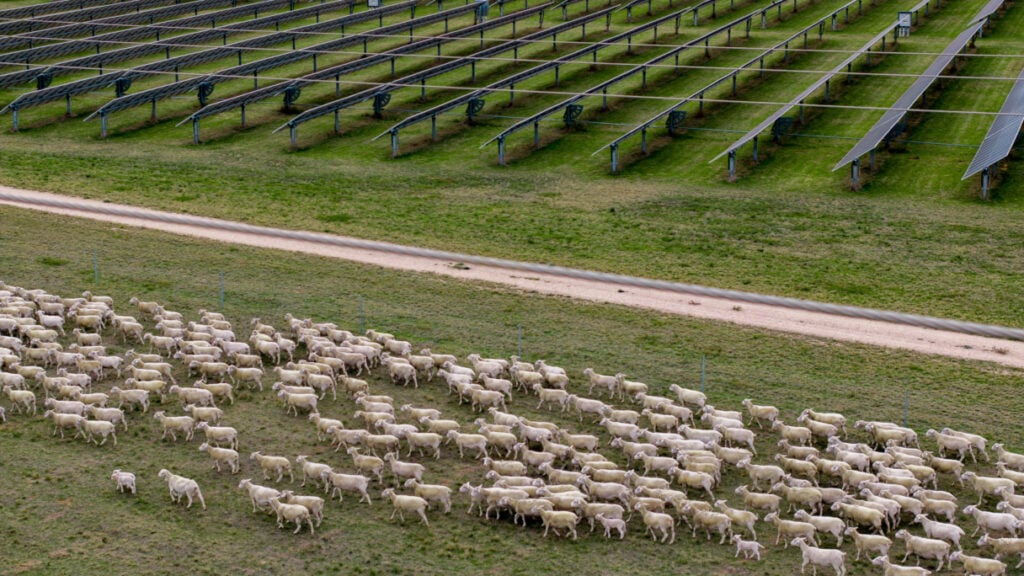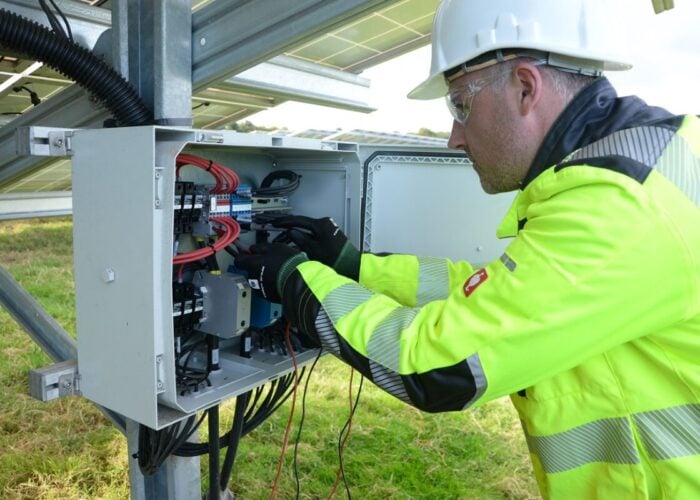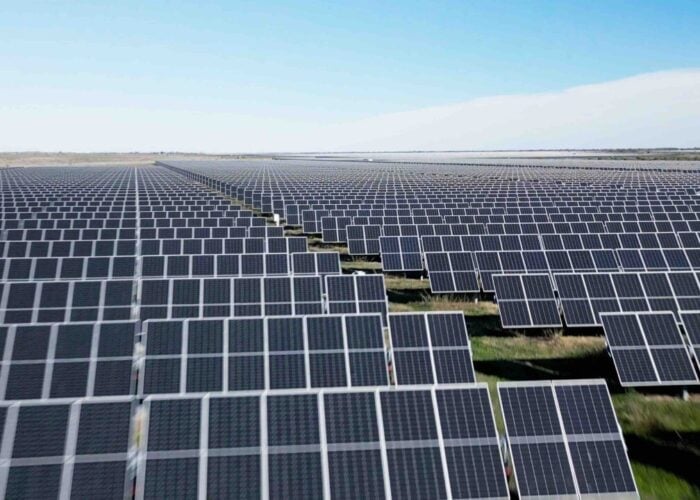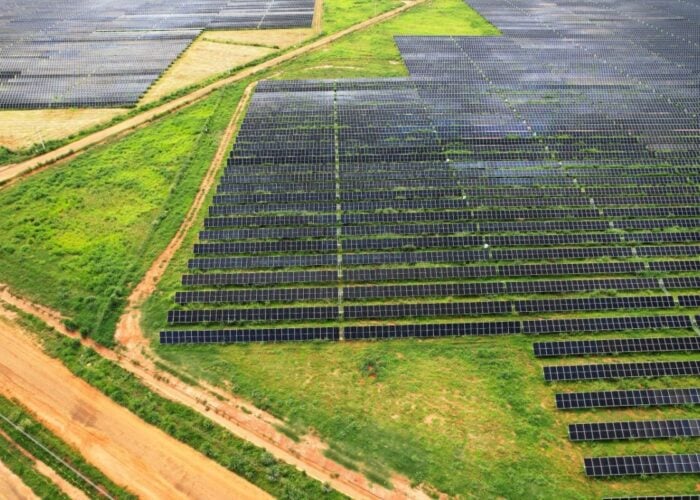
Renewable energy and energy storage developer Octopus Australia has received grid connection approval from the Australian Energy Market Operator (AEMO) for a 300MW solar-plus-storage site in New South Wales.
The company revealed today (20 May) that it had received the critical grid connection approval, which will now enable the Blind Creek Solar Farm and Battery plant to be connected to the grid and progress into the final development phase.
Try Premium for just $1
- Full premium access for the first month at only $1
- Converts to an annual rate after 30 days unless cancelled
- Cancel anytime during the trial period
Premium Benefits
- Expert industry analysis and interviews
- Digital access to PV Tech Power journal
- Exclusive event discounts
Or get the full Premium subscription right away
Or continue reading this article for free
Having secured the approval of the Generator Performance Standard (GPS), Octopus Australia plans to begin construction on the project in Q3 2025.
The solar-plus-storage site, which incorporates a 243MW/486MWh, 2-hour duration battery energy storage system (BESS), is located 32km north-east of the country’s capital, Canberra, and 8km northeast of the rural town of Bungendore.
The solar PV power plant will feature around 600,000 solar PV modules situated on around 600 hectares of farmland. Agrivoltaics will be incorporated into the power plant’s design to ensure sheep farming can continue.
Octopus Australia said the project will require an investment of AU$850 million (US$456 million) to develop fully. Once operational, it will be one of the largest DC-coupled solar PV power plants connected to the National Electricity Market (NEM), the company claims.
The organisation is developing another DC-coupled solar-plus-storage project in Australia. This site is called the Fulham Solar Farm and Battery and has a generation capacity of 80MW coupled with a 64MW/128MWh BESS. Construction on the site started last month.
“We are incredibly proud of our team for reaching this milestone,” said Sonia Teitel, co-managing director of renewables Australia.
“Securing GPS approval for Blind Creek not only marks a significant step forward for the project but also highlights the depth of expertise within our team, with critical grid modelling work undertaken in-house. We look forward to commencing construction on the project in the next 12-months.”
Elements Green bags GPS approval for 1.3GWh solar-plus-storage site
As reported by our sister site, Energy-Storage.news yesterday (19 May), UK-headquartered developer Elements Green has received grid connection approval from Powerlink Queensland and the AEMO for a 1.3GWh solar-plus-storage site in Queensland.
The developer announced it has received its 5.3.4.A letter from the state-owned network operator and AEMO for its Eurimbula Hybrid Facility.
Elements Green claims this is Australia’s largest solar and battery energy storage project to have received GPS approval. It will couple 696MWp of solar PV generation with a 666MW/1,332MWh BESS.
The hybrid facility will be located within the proposed Central Queensland renewable energy zone (REZ), approximately 50km southeast of Gladstone. Queensland is set to pursue the development of 12 REZ across the state to support the deployment of 22GW of renewables by 2035.
For Elements Green, the receipt of the 5.3.4.A letter marks a vote of confidence in what will be the developer’s first solar-plus-storage project in Australia, with hopes to break ground on the site later this year.
Indeed, the letter grants the approval of performance standards and the System Strength Impact Assessment, as outlined in Clause 5.3.4A of AEMO’s National Electricity Rules.
Toby Roberts, country director of Elements Green Australia, said the project will benefit from “abundant sunshine, a stable grid, and strong regulatory support.”
According to documents submitted to Australia’s Environment Protection and Biodiversity Conservation (EPBC) Act, the hybrid facility will be spread across a 1,280-hectare area. The proposal includes the development of an onsite substation and will connect to the NEM, via existing 275kV transmission lines.
Development approval for the site was granted by the Gladstone Regional Council in 2018.
The second half of this article first appeared on our sister site Energy-Storage.news.






